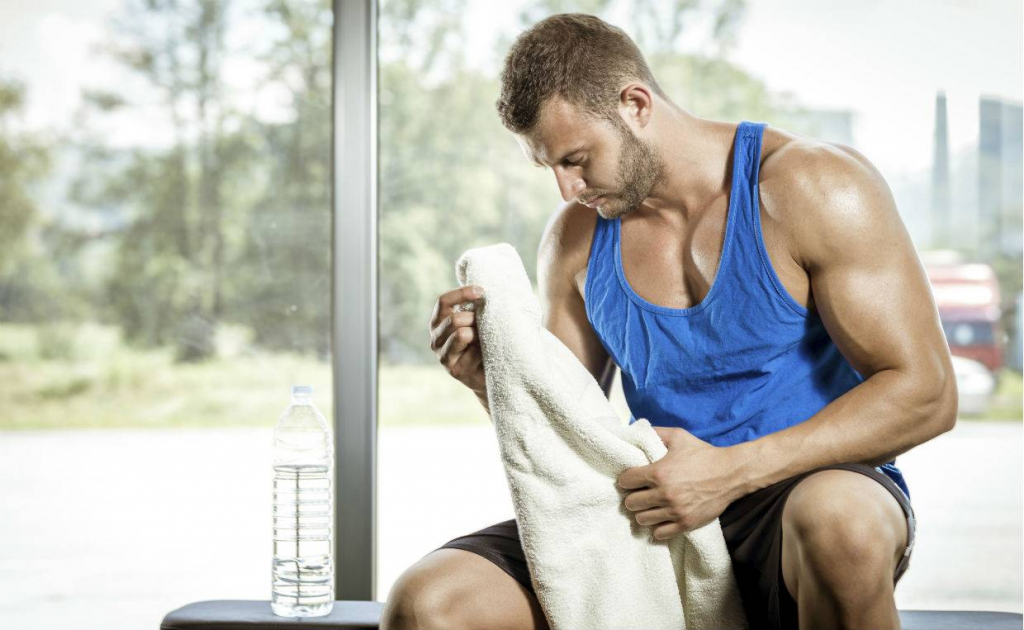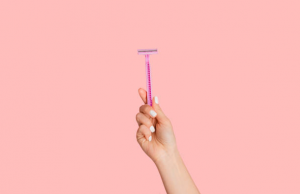After an intense exercise session, your body needs the right care and nourishment to recover properly. It’s not only about what you do during the workouts but also what you do immediately afterwards that can maximize your results. The steps you take post-workout play a pivotal role in reducing muscle soreness, replenishing lost energy, and preparing your muscles for your next workout session. Just as your hard work during the exercise routine is important, the post-workout recovery routine could make the difference in how well your body recovers and how prepared you are for the following days.
The Cool-Down: Transitioning Your Body to Rest
Cooling down after exercising is as important as the warm-up because it helps your body transition back to a state of rest. A proper cool-down will help in reducing muscle soreness and prevent dizziness by maintaining proper blood flow as your body reduces its exercise intensity. While it might not seem as urgent, skipping the cool-down could lead to tighter muscles and might impact your performance in future exercise sessions.
Cool-Down Exercises to Consider
Your post-workout cool-down should involve a light cardio session like walking or cycling at a leisurely pace, followed by a stretching routine that targets the major muscle groups you’ve worked on. This helps to reduce the buildup of lactic acid, which can cause muscle soreness. Engaging in a good stretching routine not only prevents stiffness but also ensures that your muscles repair and recover in time for your next tough workout.

Nutrition and Hydration: Refueling for Recovery
The food you eat after your workout is crucial for effective muscle recovery and energy replenishment. Consuming the right blend of protein and carbohydrates post workouts can help to repair the tiny tears in your muscles that occur during weight training or cardio training sessions. Aiming for a meal or snack within one hour of finishing your workout will allow your body to use these nutrients effectively.
Stay Hydrated: Fluid Intake After Exercise
Drinking water after your workout session is just as important as during. Fluids are lost through sweat during intense workouts, and adequate hydration post workout helps to regulate body temperature, and prevent dehydration, which could otherwise hinder the recovery process. Here is a simple hydration table to guide you:
| Exercise Intensity | Water Intake |
|---|---|
| Low | 16 oz |
| Moderate | 24 oz |
| High | 32 oz or more |
Active Recovery Techniques
Active recovery refers to engaging in low-intensity exercise after your more intense workouts. This could help by promoting blood circulation which, in turn, helps to reduce muscle soreness and speeds up the muscle recovery process. Implementing active recovery into your fitness routine as a regular practice could also lead to better results over time.
Examples of Active Recovery Activities
A light exercise like yoga or Pilates is a great way to keep the muscles moving without straining them further. Other activities such as swimming or doing light weight training with reduced intensity can also be beneficial. The following is a simple numbered list of activities that could work well for active recovery:
- Yoga
- Swimming
- Walking
- Light jogging
- Gentle cycling

Rest and Sleep: The Pillars of Recovery
Sleep is perhaps one of the most important aspects of recovery. This is where the majority of your body’s repair work is done. During sleep, your body produces growth hormone which plays a key role in tissue growth and muscle repair. Most adults might need between seven to nine hours of quality sleep per night, especially after very intense exercise sessions. Therefore, if you’ve had a particularly tough workout, ensure you’re not skimping on sleep to support your recovery.
Post-Workout Recovery Aids
In today’s fitness landscape, technology and recovery aids can be as important as the workouts themselves. Items such as compression garments, massage guns, foam rollers, and the use of heat therapy or ice baths can all aid in quicker recovery post intense workouts. Each of these tools works well in its own way, and having a combination at your disposal could all be part of an effective recovery plan. Remember, the goal is to tackle muscle soreness and prepare your body for its next intense training session.
Listen to Your Body: Customizing Your Recovery Plan
Not all recovery routines will work for every individual. Your body has unique needs and might respond differently to various recovery methods. It’s important to listen to your body’s signals; if you’re still feeling fatigued, it might be an indication that your body needs more rest or a different recovery strategy. Likewise, if you are feeling great the next day, it could mean your recovery routine is effective or that you could push harder in your next workout sessions. Always fine-tune your recovery strategies to suit your body’s responses and your fitness goals.

Conclusion
The most important thing about post-workout recovery is understanding that it is an essential part of any fitness routine. The strategies outlined above should not only be seen as recommendations but as integral parts of your exercise regimen. Whether it’s cooling down, staying hydrated, or getting enough sleep, these actions all play significant roles in how your body recovers, performs, and improves over time. Take your post-workout recovery seriously and you will not only feel better after your workouts but also see continuous improvement and achieve better results.
FAQ
Q1: How long should you wait to eat after a workout?
A1: It is recommended to consume a combination of protein and carbohydrates within 45 minutes to an hour after your workout to optimize recovery.
Q2: Is it okay to take a cold shower immediately after exercise?
A2: While a cold shower can be refreshing and may help reduce inflammation, it’s important to allow your body to cool down gradually. Wait at least 15-20 minutes post-workout before taking a cold shower.
Q3: How can I tell if I am dehydrated after a workout?
A3: Signs of dehydration include thirst, dark yellow urine, dizziness, fatigue, and dry mouth. It’s important to drink water throughout your workout and replenish fluids afterward.
Q4: Can stretching be harmful if done incorrectly after a workout?
A4: Yes, improper stretching or stretching cold muscles can lead to injury. Always ensure your body is warmed up, and use proper technique without bouncing or forcing a stretch.
Q5: How much sleep do I need for proper recovery after a workout?
A5: Most adults need between 7-9 hours of sleep per night, but if you engage in intense training, you might require more. Listen to your body and ensure you get enough rest to allow for muscle repair and recovery.



